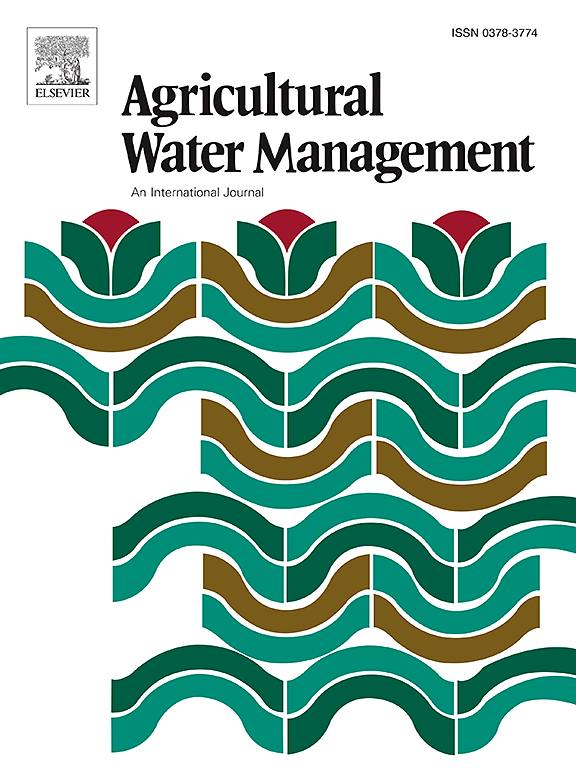Evaluation of best management practices for controlling water pollution in an arid irrigation district
IF 5.9
1区 农林科学
Q1 AGRONOMY
引用次数: 0
Abstract
In agricultural regions, especially in arid and semi-arid irrigation districts with shallow groundwater, contamination of aquifers with nitrogen (N) and phosphorus (P) from fertilization and irrigation has been a growing concern, leading to downstream surface water quality degradation. This work simulates the reactive transport and interaction of NO3, NH4 and soluble P in the soil-aquifer flow system by SWAT-MODFLOW-RT3D model and investigates the effectiveness of different Best Management Practices (BMPs) in reducing N and P pollution load, including nutrient management, residue cover, vegetation filter strip, and grassed waterways. The results show that the pollution load hotspots are distributed in the drainage ditch with groundwater depth less than 2 m, accounting for 25 % of the total area of the study area but contributing more than 50 % of the pollutant output. Among BMPs, the 30 % reduction in fertilizer (FR 30 %) led to limited pollution reduction, while implementing grass waterways resulted in the most significant improvements, with reductions of up to 31.5 % for total phosphorus (TP) and 19.6 % for total nitrogen (TN). The most effective strategy which combines 30 % fertilizer reduction, vegetation filter strip and grassed waterways can achieve reductions of 44.3 % for TP and 46.2 % for TN. These results emphasize the potential of tailored BMP strategies to mitigate nutrient pollution in groundwater- dominated watersheds, providing valuable insights for sustainable agricultural management and water quality protection.
求助全文
约1分钟内获得全文
求助全文
来源期刊

Agricultural Water Management
农林科学-农艺学
CiteScore
12.10
自引率
14.90%
发文量
648
审稿时长
4.9 months
期刊介绍:
Agricultural Water Management publishes papers of international significance relating to the science, economics, and policy of agricultural water management. In all cases, manuscripts must address implications and provide insight regarding agricultural water management.
 求助内容:
求助内容: 应助结果提醒方式:
应助结果提醒方式:


